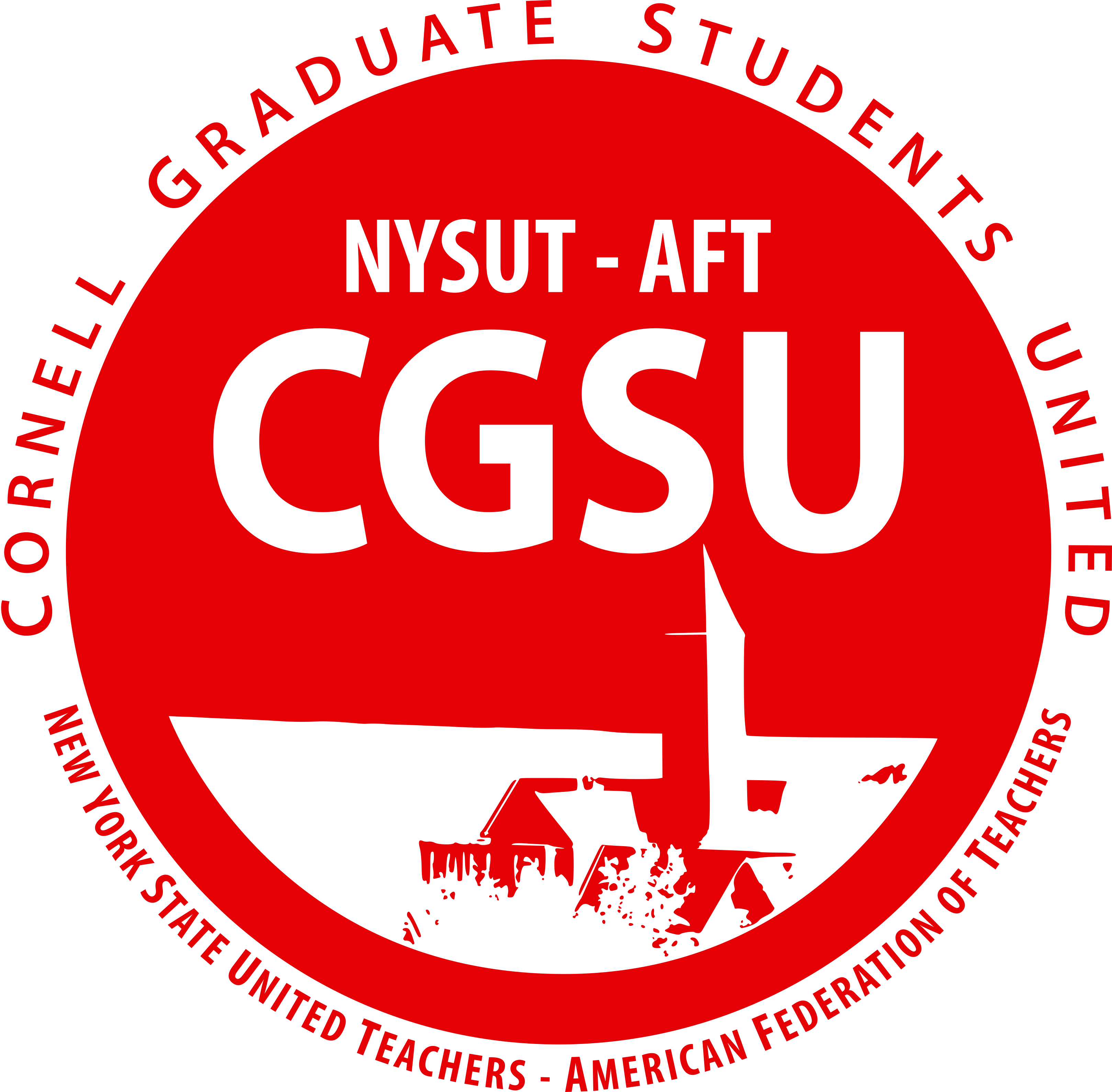
Rank and File Democracy Caucus
Resources
Pyrrhic Victory at UC Santa Barbara:
The Struggle for Labor's New Identity (2003) (pdf)
The Rank-and-File Democracy Caucus has aimed, always, to connect our work, both as workers and as unionists, to that of other workers.
We hope to that end to more regularly discuss and post readings on the labor movement, together with short summaries and discussion questions.
First among these is Pyrrhic Victory at UC Santa Barbara: The Struggle for Labor's New Identity, by Richard Sullivan, from the collection Cogs in the Classroom Factory, 2003:
A case study of the "process," between 1998 and 2000, by "which the original vision that propelled the UC Santa Barbara union was undermined and replaced by one nearly antithetical to it."
Chronicled here, in other words, is a particularly graphic two-year struggle between bottom-up or social movement, and top-down or business, unionisms. In its course, UC Santa Barbara union membership declined roughly 95%, to the point that "UAW had to resort to sending paid staff to Santa Barbara whenever a public presence was required." That this "process" was part of a larger UC-systemwide campaign that UAW's leadership would term "an inspiration to the labor movement" deserves emphasis; what emerges in this history is a perspective within the labor movement for which the dissolution of a vibrant, member-driven, union is far from an accident, let alone regrettable. A first discussion question:
- To what degree were conflicts between UAW and UCSB's grad union "misunderstandings"? To what degree were these conflicts in fact programmatic?
- What were those differences? More broadly: how did these two organizations' structures and practices reflect and shape their goals, and vice versa?
- Why wasn't the UC Santa Barbara graduate union better able to withstand these tensions?
In other words, what are the vulnerabilities of member-driven unions? How, in other words, does so remote and ultimately self-defeating a model as business unionism continue to dominate the American labor movement? Two provisional answers:
- Among UCSB grads' vulnerabilities, one can cite a certain political innocence: activists were repeatedly "blindsided" by UAW interventions which "did not make sense" to them. From more structural perspectives, though, these interventions are understandable, even predictable; this is one motivation for the kinds of readings and discussions the caucus hopes to more actively undertake.
- What does not read, here, as weakness, is the culture of democracy and communication so central to the UCSB union prior to fall 1998. Practices more a part of CGSU's earlier history, but later discarded, shunned, and discouraged by NYSUT/AFT, were again and again vindicated at UCSB, by its May 1998 strike vote (roughly 500-100), meeting attendance, membership, and general member goodwill, involvement, and "buy-in":
"Major strategy decisions were put to a vote of the membership. Even seemingly trivial matters - like how their paid organizer's time ought to be allocated - were subject to member approval. As Seth Rosenberg, an activist from the physics department, recalled: 'Basically there were a number of times in the campaign where we were trying to figure out the best way to do things and inevitably the answer we came to is that we weren't really qualified to make that decision ourselves. We needed to figure out what direction our members wanted to go.'" (97)
All of this points to some summary of 1,2, and 3, above: Why is it that practices that so evidently worked at UCSB were shut down? Why, and how?
In other words, to what degree did UAW-UCSB tensions reflect at least one side's perfect understanding of the two organizations' differences in goals and vision?
For only by understanding UAW-UCSB conflicts as structural can we explain their recurrence on so many campuses thereafter, and elsewhere, as on this one, here. The UC Santa Barbara story is, unfortunately, even minutely, familiar to many of us: the framing of broad dissent or questions as "a tiny faction of counter organizers'" (101); the labor federation's cultivation of a more "amicable leadership" within the union (107); external stresses ultimately very literally breaking up the union: "For the first time in the union's history, factions formed" (101). And if a picture emerges, here, of an assault on union democracy, the question must be asked:
Contact Us
Interested in joining us/learning more? All CGSU members or Cornell community members who are interested in CGSU are welcome at our weekly meeting.